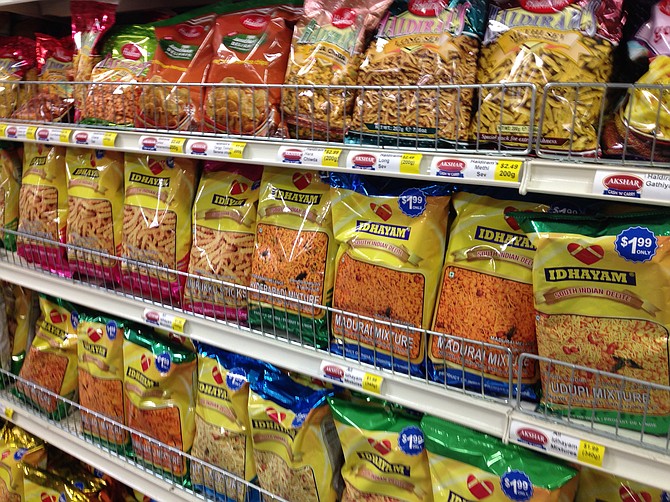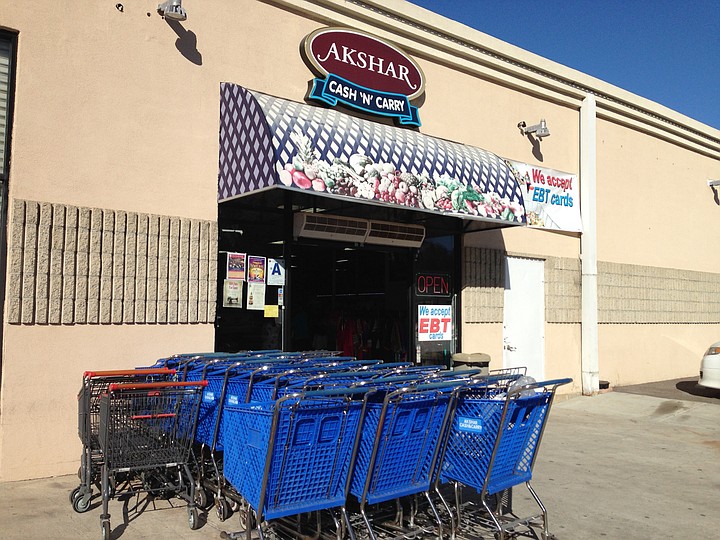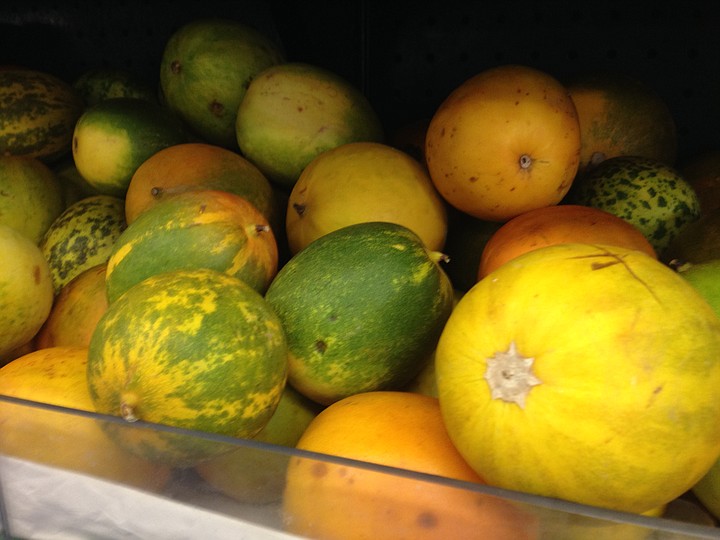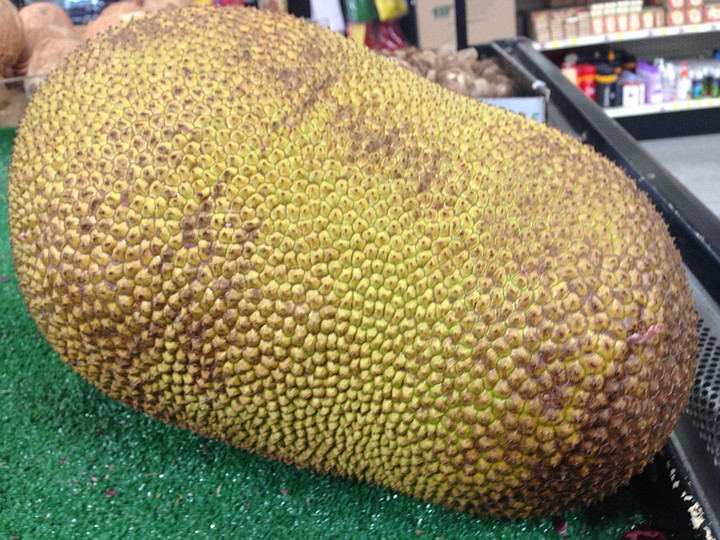 Facebook
Facebook
 X
X
 Instagram
Instagram
 TikTok
TikTok
 Youtube
Youtube

I’ve never considered myself an Indian food expert, but I’m fan enough to know a little lingo. I know saag, channa, and dal refer to spinach, chickpeas, and lentils. Papadum is the thin, crunchy spiced bread — usually complimentary at a restaurant — while soft chewy naan is the good stuff you have to pay for. I even vaguely know the difference between a madras curry, tikka masala, and biryani.

But walking into Akshar Cash and Carry, an Indian grocery store in Miramar, I learned just how little I actually know about the different and diverse eating habits of the massive Asian subcontinent.
I wasn’t surprised by the 20-pound bags of rice lined up near the entrance, nor the 5-pound jugs of spice a couple aisles over. I mean, this is a heavily spiced, rice-heavy cuisine. But there’s much to learn about the many varieties of namkeen, a Hindi word meaning salty snacks.

Pretty much these are spicy mixtures of dried chickpea noodles, rice puffs, dried lentils, nuts, and other crispy little savory treats. Sometimes they might be called Bombay mix, or Madura mix, a mix named for another populous region of India. Sometimes they’re listed as chevda, or sev mamra, or dal mooth. At Akshar there’s an aisle full of them, and in my experience picking bags at random, they’re almost all delicious.
Another aisle is almost entirely given over to beans. I noted 19 different varieties before I lost count. Actually, the grocery’s fruit and vegetable selection is altogether other-worldly. A lot of things are just foreign versions of conventional produce: in the freezer section I found Indian black plums, pigeon peas, and a bitter gourd called karela.
The fresh produce section got even weirder. There’s something called dosakai melon, which is a round fruit that tastes more like a tart cucumber. There were a few things I associate with other cultures, including chayote (Mexico), taro root (Hawaii), and yuca (aka yucca, aka cassava, aka mostly I’ve had it in South American dishes).

Perhaps the most fun was jackfruit — a large, spiky fruit indigenous to the Indian rainforest. Despite the spikes, and the fact its flesh tastes a lot like pineapple, it’s actually a relative of the fig.
I’ve shopped at Akshar three times now, and each time I discover something new that prompts me to run to Google looking for recipes or a better understanding what I’m dealing with. It might be pickled turnips, raw sugar cane, or freeze-dried samosas. It’s stuff I never find in the all you can eat buffet next door, nor any other Indian restaurant I know. As a glimpse into a culture I know too little about, this Indian grocery is at once tantalizing, confusing, and surprisingly cheap. And I like it.


I’ve never considered myself an Indian food expert, but I’m fan enough to know a little lingo. I know saag, channa, and dal refer to spinach, chickpeas, and lentils. Papadum is the thin, crunchy spiced bread — usually complimentary at a restaurant — while soft chewy naan is the good stuff you have to pay for. I even vaguely know the difference between a madras curry, tikka masala, and biryani.

But walking into Akshar Cash and Carry, an Indian grocery store in Miramar, I learned just how little I actually know about the different and diverse eating habits of the massive Asian subcontinent.
I wasn’t surprised by the 20-pound bags of rice lined up near the entrance, nor the 5-pound jugs of spice a couple aisles over. I mean, this is a heavily spiced, rice-heavy cuisine. But there’s much to learn about the many varieties of namkeen, a Hindi word meaning salty snacks.

Pretty much these are spicy mixtures of dried chickpea noodles, rice puffs, dried lentils, nuts, and other crispy little savory treats. Sometimes they might be called Bombay mix, or Madura mix, a mix named for another populous region of India. Sometimes they’re listed as chevda, or sev mamra, or dal mooth. At Akshar there’s an aisle full of them, and in my experience picking bags at random, they’re almost all delicious.
Another aisle is almost entirely given over to beans. I noted 19 different varieties before I lost count. Actually, the grocery’s fruit and vegetable selection is altogether other-worldly. A lot of things are just foreign versions of conventional produce: in the freezer section I found Indian black plums, pigeon peas, and a bitter gourd called karela.
The fresh produce section got even weirder. There’s something called dosakai melon, which is a round fruit that tastes more like a tart cucumber. There were a few things I associate with other cultures, including chayote (Mexico), taro root (Hawaii), and yuca (aka yucca, aka cassava, aka mostly I’ve had it in South American dishes).

Perhaps the most fun was jackfruit — a large, spiky fruit indigenous to the Indian rainforest. Despite the spikes, and the fact its flesh tastes a lot like pineapple, it’s actually a relative of the fig.
I’ve shopped at Akshar three times now, and each time I discover something new that prompts me to run to Google looking for recipes or a better understanding what I’m dealing with. It might be pickled turnips, raw sugar cane, or freeze-dried samosas. It’s stuff I never find in the all you can eat buffet next door, nor any other Indian restaurant I know. As a glimpse into a culture I know too little about, this Indian grocery is at once tantalizing, confusing, and surprisingly cheap. And I like it.
Comments